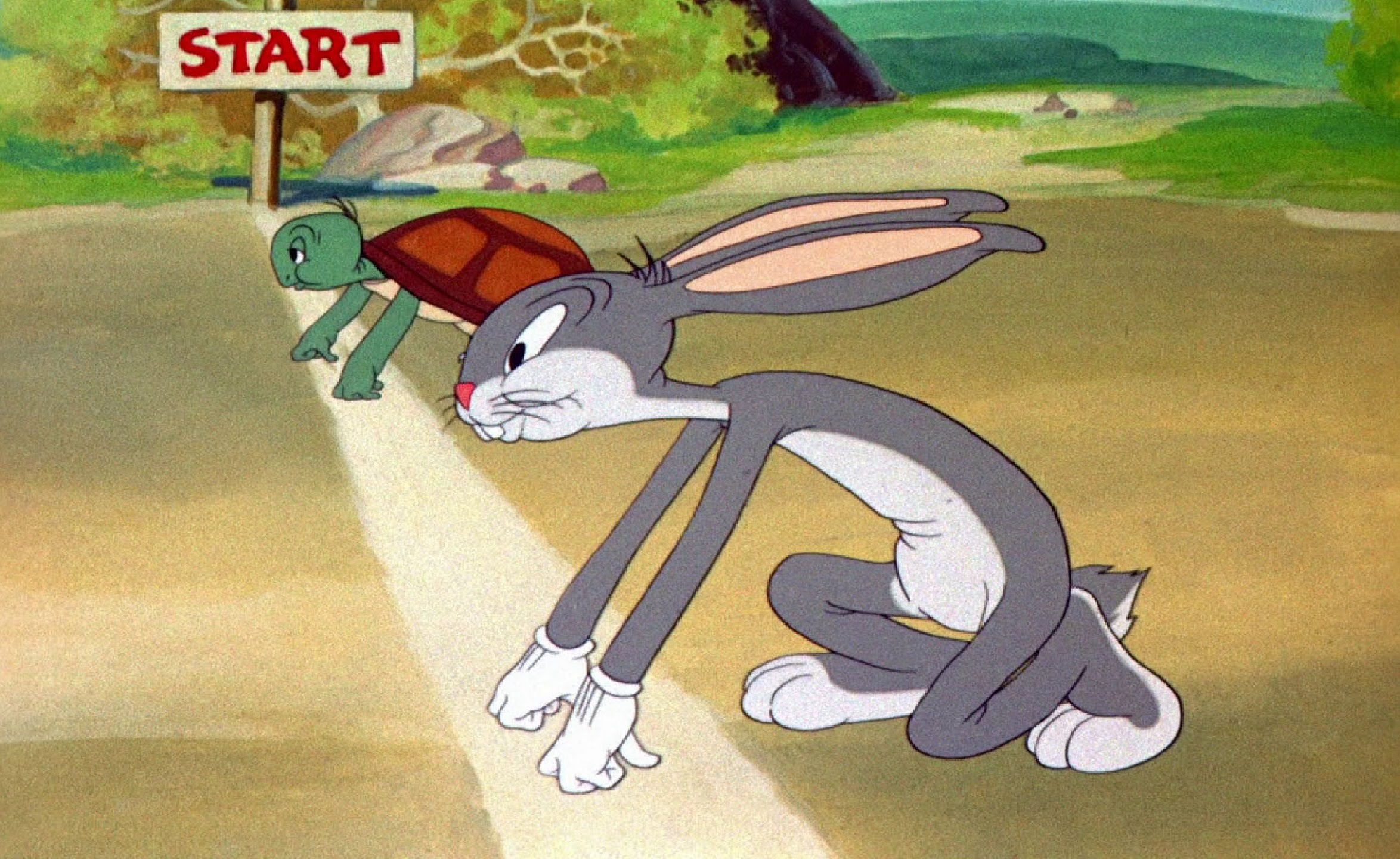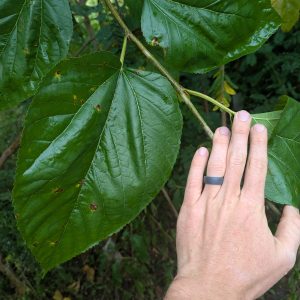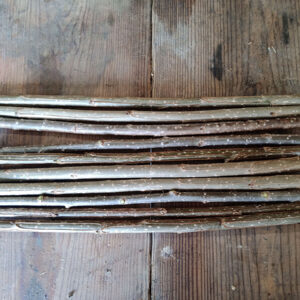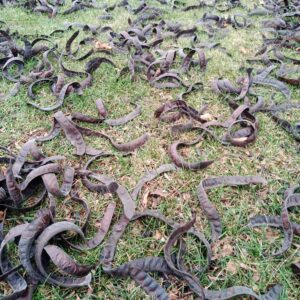I’m confident you know the tortoise and the hare, whether from Aesop’s Fables or Looney Toons.
What you probably don’t know is that in addition to their racing careers, both were accomplished graziers. By that I mean that they both grazed, since grass is what they ate after all.
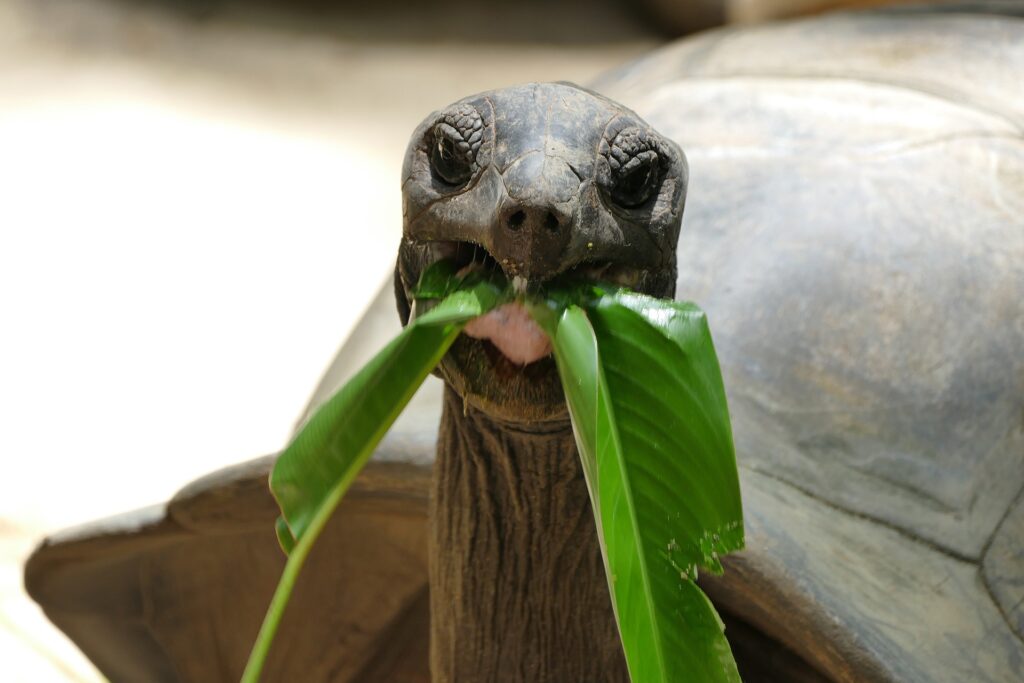
One day they heard about an idea called ‘silvopasture’, and soon dreamt of munching peacefully in the cool of a tree. The hare is known to enjoy mid-race naps under trees, and the tortoise’s house, lacking air conditioning, can get rather hot with the sun beating down. Both were sold on the premise and got to work.
Not one to waste time, the hare jumped into action. He picked up the nearest glossy garden center catalog, ordered 20 bare root trees with cool sounding names, and crawled into his hole for a nap.

The tortoise, as you may expect, took it a bit slower. First, he surveyed the area he wanted to plant, which he did at his own pace. He got a book on what trees would not only cast shade, but give him food as well. While the rabbit went for pretty maples, the tortoise picked out mulberries, apples and persimmons to feed him throughout the year. It would take patience, but he would one day feast on the fruit. Though he would eventually like to plant a dozen or more, he ordered just three trees, one of each. He likes to take things slow after all. While he waited for the trees to arrive, he found a little seedling growing under an oak, dug it up, and practiced planting and tending to that tree, just so he’d be ready for the next ones.
When spring arrived, so did the trees. The hare, having nearly forgot about the trees, sprung again into action. He raced around his property, jamming trees into the ground. Done by noon, he congratulated himself, lifted a glass of carrot juice, and hopped off to find some lady bunnies.

The tortoise, in true tortoise fashion, took it slow. He read the planting instructions, then set off for the planting spots he had thoughtfully marked and cleared over winter. He dug big holes, mulched around the trees, and watered them in carefully. It was dark by the time he had tucked in the last of his three trees, but they were planted well.
Summer rolled in and the weeds grew up. The hare looked and looked and looked, but could only find a handful of the trees he had planted. The rest, unmarked and scattered around at random, were nowhere to be found, all choked out by weeds. After weeds and drought and bugs had their way, only two scraggly little trees remained, fighting for survival among the tall grasses. The tortoise, having only three trees, could give them the care they needed. The trees responded gratefully, growing to be several times the size as when he had tucked them in that spring. While the hare sulked about his poor fortunes, the tortoise dug out that tree catalog and ordered his next three trees.

I tell this story for a purpose. These two types represent well the approaches one can take to planting trees in a grazing system, and time after time, the slow and steady method yields the better results. While it’s exciting to dream about the end results and want it all to happen now, I’ve found that such an approach leads to unneeded expense, frustration and wasted effort each time.
Start slow, but start now. Plant 10 or 50 or 100 trees next season, see how it goes, and build from there. Slow and steady wins the race.

